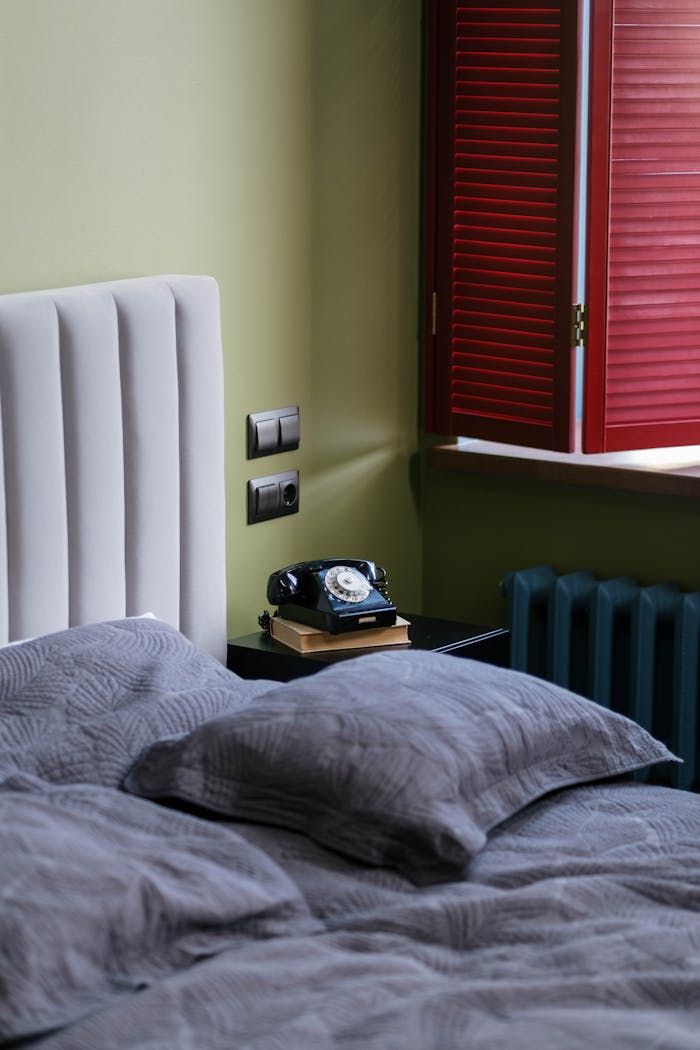1. Temperature Regulation
One of the most critical factors in sleep quality is temperature. The ideal bedding materials can help maintain a comfortable sleep temperature:
Seasonal Adjustments: Use lighter bedding in summer and thicker options like down comforters in winter.
Natural Fibers for Breathability: Cotton, linen, and bamboo allow air to circulate and wick away moisture.
Moisture-Wicking Properties: Tencel and bamboo sheets are particularly effective at keeping you cool and dry.
2. Hypoallergenic Options
For allergy sufferers, choosing hypoallergenic bed linens can make a world of difference:
Washable Materials: Regularly washing your bed linens at high temperatures can help eliminate allergens.
Dust Mite-Resistant Covers: Look for bedding with tightly woven fabrics to reduce allergen exposure.
3. The Role of Thread Count
Thread count is often marketed as a measure of quality, but it’s not the only factor to consider:
- Sweet Spot for Comfort: A thread count between 200 and 400 is generally ideal for softness and durability.
- Beware of Marketing Gimmicks: Extremely high thread counts can sometimes indicate overly processed fabrics that feel heavy or less breathable.
4. Psychological Effects of Bedding
The aesthetics and feel of your bedding can influence your mood and relaxation:
- Calming Colors: Shades like blue, lavender, or green are known to promote relaxation.
- Soft Textures: Smooth and plush fabrics can enhance comfort and create a sense of luxury.
5. Investing in Quality
While it may be tempting to opt for budget options, investing in high-quality bed linens can pay off in the long run. Durable fabrics last longer, feel better, and contribute to better sleep.
By understanding the science behind sleep and the role of bed linens, you can create a sleep environment that promotes health, relaxation, and rejuvenation.


